Amy Grimes is an artist whose particular specialty is light. Light for eyes in the midst of often darkening environments, and the Light for the soul that comes from beyond. It isn’t surprising that I would be deeply drawn to her work, since much of mine concerns the same thing only in a different creative medium. Her art has fascinated and drawn me to it since the I first encountered Amy on Instagram, then her website, and through her books. Painting childlike scenes portraying ordinary elements gilded with wonder, mystery, and hope, her work shimmers with a quality of beauty and light that is rare in this world.
What I have also been drawn to in Amy is the well-spring from which all her work comes – a beautiful, kind, and gracious spirit, rooted and abiding in Christ. Last autumn when I thought about commissioning a painting of a specific image I wanted made, I knew it had to be Amy. We didn’t really know each other well at the time and it was a risk for me to ask her to make the image I was asking for. The Lord did a beautiful thing in what followed. Amy accepted the commission and sent me the first sketch, so exactly what I described that I wept when I saw it. Then, as so often happens with creative endeavors, what started as a single creative effort rather quickly became a collaboration to bring one shimmering idea into being to be seen in four sequential paintings. In the process Amy has become a beloved friend, inspiration, and comfort. It is my joy to introduce you to her and to open a door to discovering her work for yourself.
CALLING
Called by light
LES: Amy, it is a joy to welcome you to Cultivating and to share this interview with our readers. From the first time I saw your work, I was drawn to it because of your treatment of light. And the more I study the full range of your paintings, I see light is either the prevailing character or it is a hidden one in your work. There is an irresistible kind of enchantment reflected through it and yet something also grounding about it. In a sense, each of your paintings while showing scenes that tell a story, are also in another way a portrait of light itself and its interactions with the landscape and with the people in the image. How do you see that interaction of light playing out in your daily life all around you?
AG: Thank you, Lancia! I’m so thankful that you see light in my paintings. I’m an emotional person—hit hard by the suffering in the world because I feel other people’s pain. One of my favorite things to do, which I consider an amazing privilege, is to walk with other people through dark times in their lives. I love to be a friend. When I feel the darkness pressing in and anxiety welling up in me, whether it’s because of suffering in the life of a friend or in my own life, I’m faced with the question: “In what am I placing my hope?” It’s a question I ask myself in order to stir my mind to remember that God is the only safe place for my hope to rest. He’s the only source of powerful and steady light.
And when I remember my hope is in Him, the darkness draws back. My paintings are illustrations of that same idea again and again—light overcoming darkness. And when I’m painting or sketching those illustrations I’m really saying—“God is trustworthy.”
LES: Having read something about your background, you make reference to a lifelong love of reading and stories. Did you ever wish to be simply an author, or did you always have a drive to create images connected to story?
AG: I’ve always had the drive to create stories and images. I lived immersed in stories as a kid—in a nearly constant state of make-believe. The illustrations I loved formed my make-believe worlds and storylines as much as the books I read. I used to spend hours looking at a big blue, clothbound book of Maxfield Parrish’s paintings and imagining the stories behind them. I learned to draw from copying the pictures in that book. I’ve always found writing to be more difficult than drawing, though neither one comes easily to me. The passion and drive to illustrate and to write comes easily—even effortlessly— but the actual work of illustrating and writing is work! It’s a fight to attempt to express the beauty I see in my mind or that I feel in my heart. There have been times when I’ve only focused on writing or only on illustrating, but I’m thankful that often I get to do both.
CRAFT
The mystery of making
LES: C.S. Lewis writes famously in his essay “On Three Ways of Writing for Children” about never having written a story that did not begin first with images. He says,
“in a certain sense, I have never exactly ‘made’ a story. With me the process is much more like bird-watching than like either talking or building. I see pictures. Some of these pictures have a common flavour, almost a common smell, which groups them together. Keep quiet and watch and they will begin joining themselves up. If you were very lucky (I have never been as lucky as all that) a whole set might join themselves so consistently that there you had a complete story: without doing anything yourself. But more often (in my experience always) there are gaps. Then at last you have to do some deliberate inventing, have to contrive reasons why these characters should be in these various places doing these various things. I have no idea whether this is the usual way or writing stories, still less whether it is the best. It is the only one I know: images always come first.”
Do you have more of a sense to how stories emerge with you, or is it something always bearing a kind of mark of mystery that you make peace with? When a story comes to you to be written, does it begin for you with a picture first?
AG: Oh—I love that quote from C.S. Lewis! What a wonderful description! I’ve always said that the story comes first and then the picture, but when I really think back on the way the creative process unfolds, it’s difficult to separate the story from the pictures. They seem nearly intertwined. I guess I could say it all starts with a mood. An idea grows from that mood, almost like a figure emerging out of the mist—a little bit of story. I can’t say if it’s followed by a picture or accompanied by it. Every so often a whole story hits me all at once, but rarely.
LES: Words are beautiful but sometimes very strange little creatures, requiring so much work to pull together. Images – at least for those of us who identify as visual artists first – seem to be a more fluid world. Do you ever feel a struggle between linking the two different mediums of storytelling and paint? If so, how do you reconcile bringing two different sides of meaning together and how do you manage to make peace between using two sides of your brain to do that?
AG: I do find illustrating much more fluid than writing. Much more! When I’m painting a picture, I already know the story behind it, but I don’t have the exact words written down. It’s much more an idea than a formal story. When I finish a painting, I have to sit in total silence for a long time to gather the words to express the story behind the painting. I always pray for help, because I need it! The words seem beyond me. God is faithful, bringing them together somehow.
CHARACTER
Weathering Storms
LES: One of the things I know we hold in common is a long battle with shadows. Many Cultivating readers and contributors do also. That is in part why we are so drawn to light. For many of us, winter is particularly hard, and sometimes it is the winter of the soul or circumstance more than the landscape or time of year. One of the most difficult challenges of coming through shadowed times is making the choice to trust again. When you’ve been in an extended season of struggle or darkness and you develop a kind battle hardened posture of just holding on, how do you unfurl a shuttered-up heart to be open again to receive life or to make room for being at ease with beauty?
AG: I find that praising God has an amazing, healing effect. When I’m overwhelmed and heavy hearted, I often start by telling God about it and then move quickly to praise. I usually start by thanking Him for the sky and for treetops. I like to go for a walk or stare out a window as I pray, and it’s incredible how that heaviness starts to lift as I thank Him. I think it’s because the things of earth—even if they’re really big, important things, look smaller when compared with the beauty and goodness of God. But it’s also amazing how often and how quickly I forget all that. I can be feeling bleak for some time before I remember to praise God.
Another thing that helps me is intentionally remembering wonderful stories.
When I’m having a hard time seeing out of the darkness, I like to say to myself, “Remember the stories!”
And immediately I start picturing all those scenes I love so much— the parts where something amazing is about to happen, but the character in the book doesn’t know it, because he or she can’t see out. And just remembering those scenes fills me with hope and a kind of excitement, because I too am in a story. And God is in this story with me—always doing something beautiful and good even when I can’t see it yet.
Creating comfort for breaking hearts
LES: Grace-filled ways to approach and frame the reality of death for children, especially concerning the death of other children, is very needed, but sadly, very rare. This little book is beautiful in its soft-spoken, kindly truth telling as it is in its illustrations. Would you be willing to give us a brief background to your illustrations for the beautiful book Voyage to the Star Kingdom?
AG: My cousin, Anne Riley, wanted to write a storybook for the purpose of bringing comfort to a family that was suffering terribly. Two of the three children in the family had been diagnosed with a terminal illness. Anne and I met to discuss ideas and the illustrations I would do to go along with it. Our big concern was how to represent the hard truth in the story—the pain and real suffering of this family—while at the same time representing the deep and comforting truth of God’s faithfulness and kindness even in the darkest hours. We didn’t want to dismiss the suffering in any way, or to minimize it, and we didn’t want to dismiss God’s faithfulness or minimize it either. We decided we wanted to use allegory to do this.
The day after I met with Anne, my mind was troubled over the story we were going to tell. Very troubled. I knew these people were hurting so badly, and I didn’t know what might help and what might not. I didn’t want to somehow make their pain worse. I think that’s always the fear when you’re wanting to comfort someone in unspeakable pain. I remember lying down on my couch that afternoon to take a nap, and as I was falling asleep I was praying, “Please, God— please give us a story that will help. Please!” And suddenly, in a flash, the story came— just an outline of it, but I could see it all in my head—the illness represented by a terrible storm surrounding one home, the neighbors encircling the house, the Luna Moth coming to visit, the journey of the two girls to the Star Kingdom, the joyful reunion of the whole family, and the reminder that the Star King is not bound by time! I jumped up, grabbed my computer, wrote it down and emailed it straight to Anne. Within a short time, she had taken those little ideas and created a beautiful story. I loved everything about the way she wrote it (Anne is an amazingly gifted storyteller). I truly believe God dropped that story into our hands.
The children’s illness was progressing very quickly, and Anne and I wanted to get the book finished fast. So, for that reason I needed to get the illustrations done right away. My regular style would’ve taken too long, so I used pen and ink and colored pencils. I stayed up late every night working and finished those illustrations faster than I would’ve thought possible. God made it all come together. My husband is a graphic designer and he designed the book. Anne shared it with the hurting family, and they wanted it to go out into the world to comfort others who were hurting. I’m so thankful God gave us that story and the illustrations. He is lavish in His generosity and is the author of creativity!
Practicing Rest
LES: How do you practice rest for yourself when everything is simply overwhelming?
AG: Every morning with breakfast, I like to read scripture and slowly sip my coffee. I sit where I can look out at the trees and the sky, and I do the same thing in the afternoon with coffee and snack. It is amazingly restful even on days when I don’t have a lot of time. Reading and exercise help too!
Painting is especially restful to me. My mind is always going, and that can be good and productive, and it can just as easily be tiring and unproductive.
Painting forces my mind to slow down. And because I’m always illustrating the idea of light conquering darkness, it turns my painting time into a kind of meditation. It’s nearly impossible for me to actively worry about something when I’m painting.
COMMUNITY
Keeping Home
LES: As a wife and mama, do you have practices that help hold your own close circle together when life gets chaotic? How do you navigate the life of creative work (which often has its own time zones it seems) and having a real-life home and family to live in rhythm with?
AG: Honestly, something is always out of order. Always! Sometimes my house is clean and I’m exercising regularly, but I’m getting no artwork done at all. Other times the reverse is true. Sometimes when my kids say, “What’s for dinner?” I know the answer and I have the ingredients, but other times, I’m taken totally by surprise, as if I didn’t know I was responsible for dinner. I love each of the slices of life that I try daily to balance, but something is always falling down even on my best days. I’ve learned to accept it. I’m trusting God with my inadequacies, because He’s the only one who is always enough.
Collaboration & Solitude
LES: Many people have a view of painters that is similar to their view of writers, which is a notion that creative people work in isolation and create genius works of art alone out of their own creative resources and then reveal their creation to the waiting world. In reality, the most creative and productive artists and writers I know work in connection with others and often in a very fluid exchange of ideas.
What is your working life like as an artist? Is it a solitary endeavor, or is there more collaboration somehow involved in your process?
AG: There is a lot of collaboration involved in my creative process, though not always in the traditional sense of the idea. Most (nearly all) of my ideas come to mind suddenly during prayer, or during church, or when I’m reading a wonderful book that reminds me in some way or another of God’s character or His Word. In the last year or so I’ve done a number of commissions, and in those cases I get to hear and share the vision of whoever has commissioned the painting. So we’re in it together. But even then, my next step is to pray for ideas—pray that God would bring beautiful pictures to my mind in a way that would powerfully tell the story my client is wanting to see expressed. So I think my paintings are always my attempt to collaborate with God. And I imagine that if I manage to collaborate with Him—even the tiniest bit, even if it is a rough attempt—it will be better than anything I could dream up on my own.
CULTIVATING
Choices for a Cultivated Life
LES: When you paint, I know you also make a series of choices – small, intricate, maybe seemingly disconnected, and yet all tied together somehow – in order to produce the painting that is emerging from your mind’s eye. Gardeners also must make a long series of choices in the process of creating and cultivating a garden. Those choices are not made just once or twice, but over and over again, in order to accumulate into a desired effect. When we are cultivating a life like a garden or work of art, we make choices over and over again, accumulating in a desired effect. What choices do you make again and again, regardless of feelings or circumstances, that work to create the life that you are cultivating?
AG: I must not neglect my time with God. Reading His Word and praying brings life to me. It’s a choice I make again and again. Also, sometimes I have to set aside my own creative plans because someone in my family or circle of friends needs me. I have to choose to trust God with my time and not be stingy with it. If there’s something He wants me to accomplish He will make it possible. Trusting Him is a choice I have to make daily. And I’ve found that when I trust Him with my time, He does provide.
The featured image of Amy is by her husband Russ Grimes and used with permission for Cultivating and The Cultivating Project.
You can discover more of Amy’s story paintings and books on her website at StoryPaintings, and follow along with Amy on Instagram.
And keep following the Lighting Candles by Starlight series here on Cultivating!
Lancia E. Smith is an author, photographer, business owner, and publisher. She is the founder and publisher of Cultivating Oaks Press, LLC, and the Executive Director of The Cultivating Project, the fellowship who create content for Cultivating Magazine. She has been honoured to serve in executive management, church leadership, school boards, and Art & Faith organizations over 35 years.
Now empty nesters, Lancia & her husband Peter make their home in the Black Forest of Colorado, keeping company with 200 Ponderosa Pine trees, a herd of mule deer, an ever expanding library, and two beautiful black cats. Lancia loves land reclamation, website and print design, beautiful typography, road trips, being read aloud to by Peter, and cherishes the works of C.S. Lewis, J.R.R. Tolkien, and George MacDonald. She lives with daily wonder of the mercies of the Triune God and constant gratitude for the beloved company of Cultivators.
Leave a Reply
A Field Guide to Cultivating ~ Essentials to Cultivating a Whole Life, Rooted in Christ, and Flourishing in Fellowship
Enjoy our gift to you as our Welcome to Cultivating! Discover the purpose of The Cultivating Project, and how you might find a "What, you too?" experience here with this fellowship of makers!
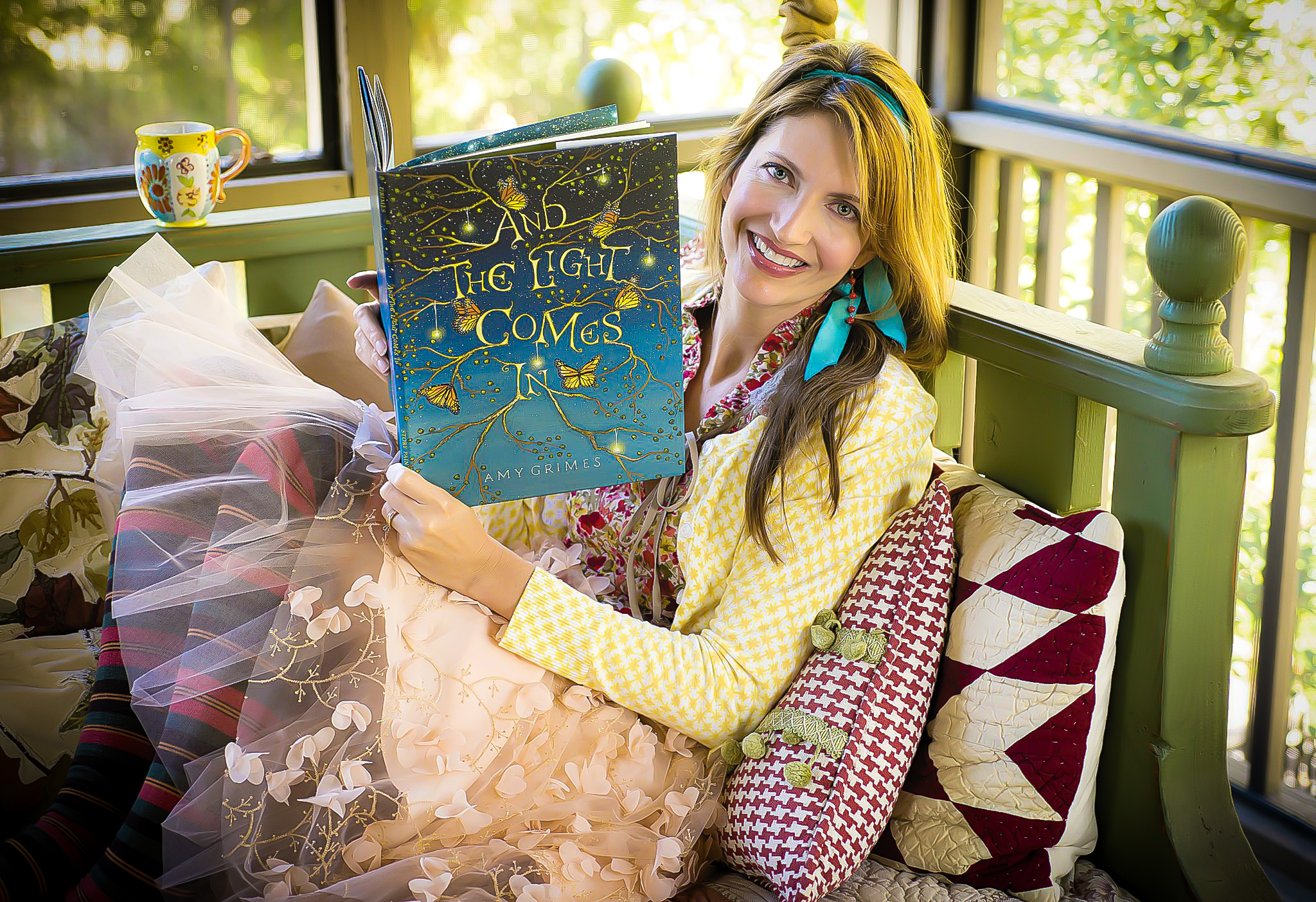
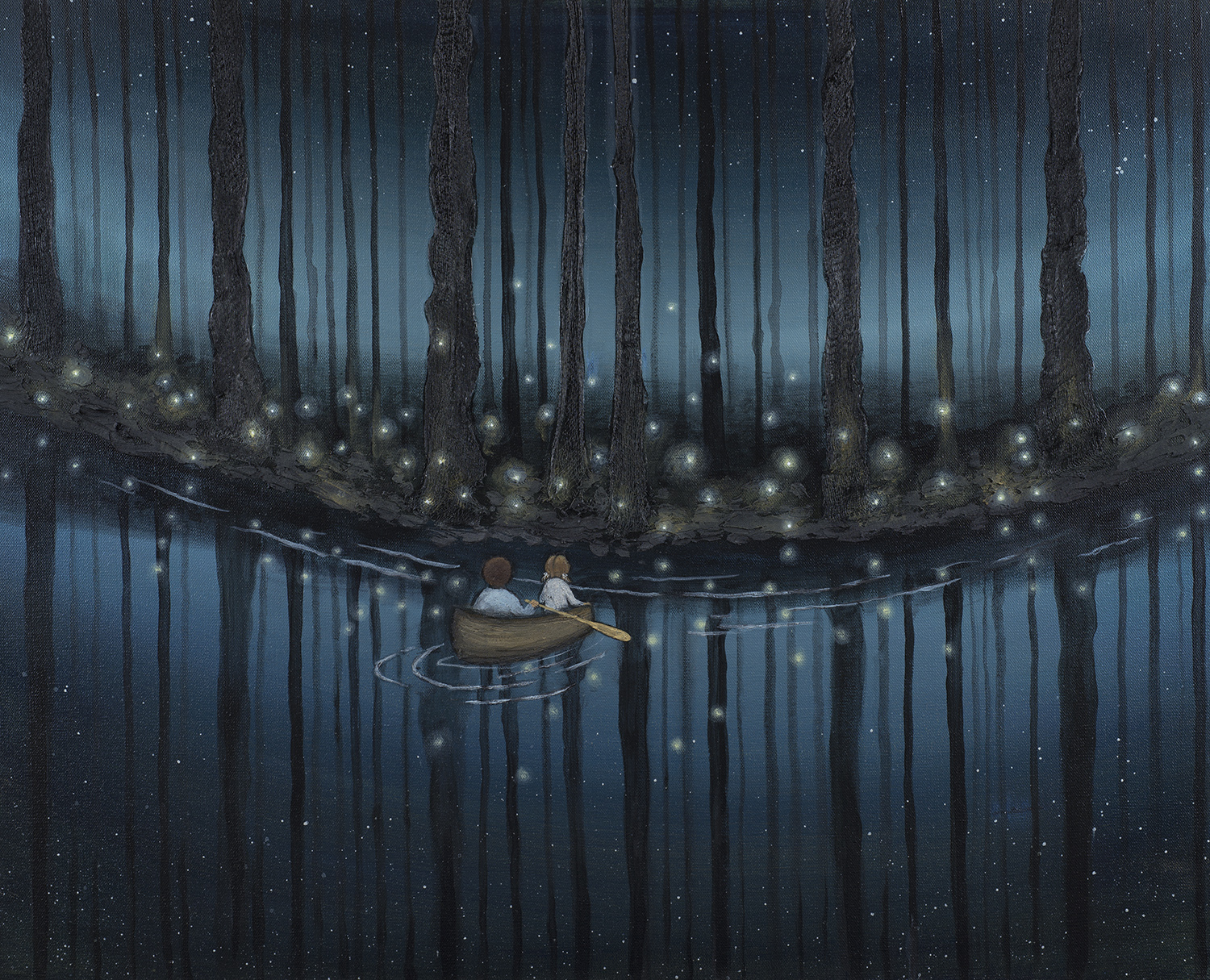


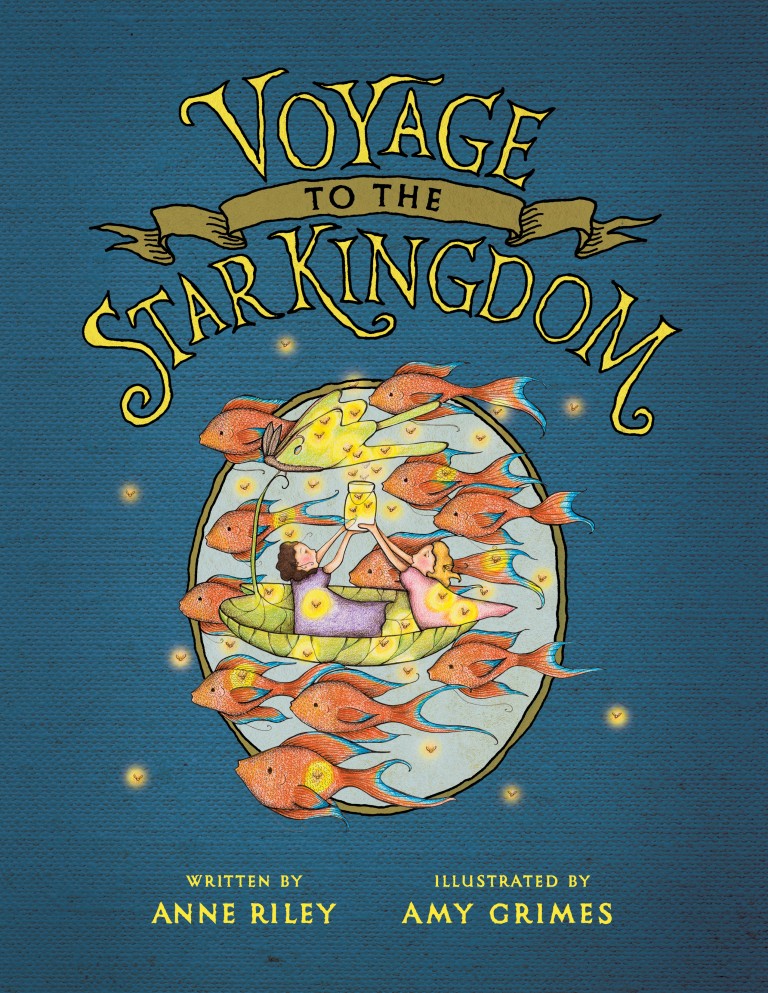
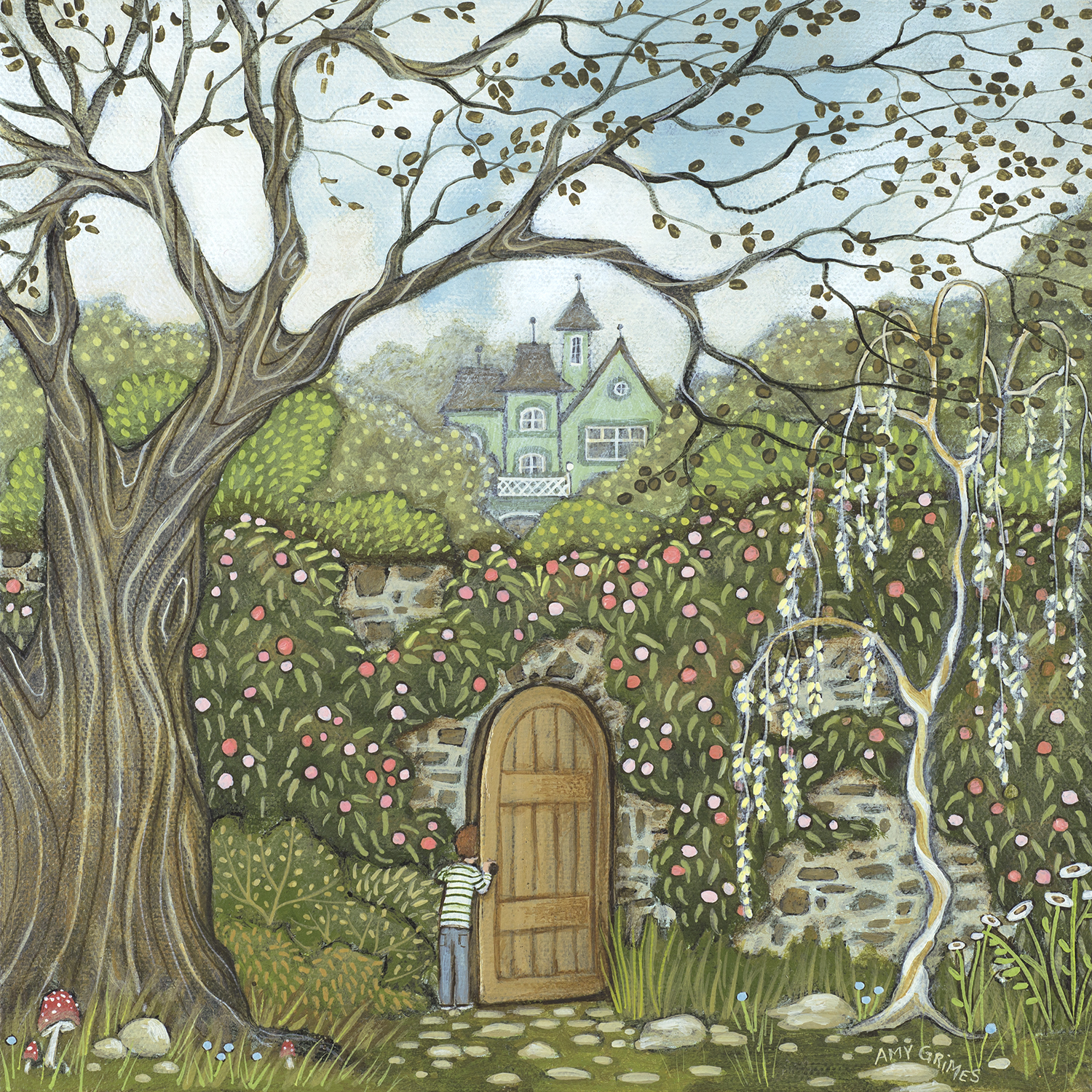
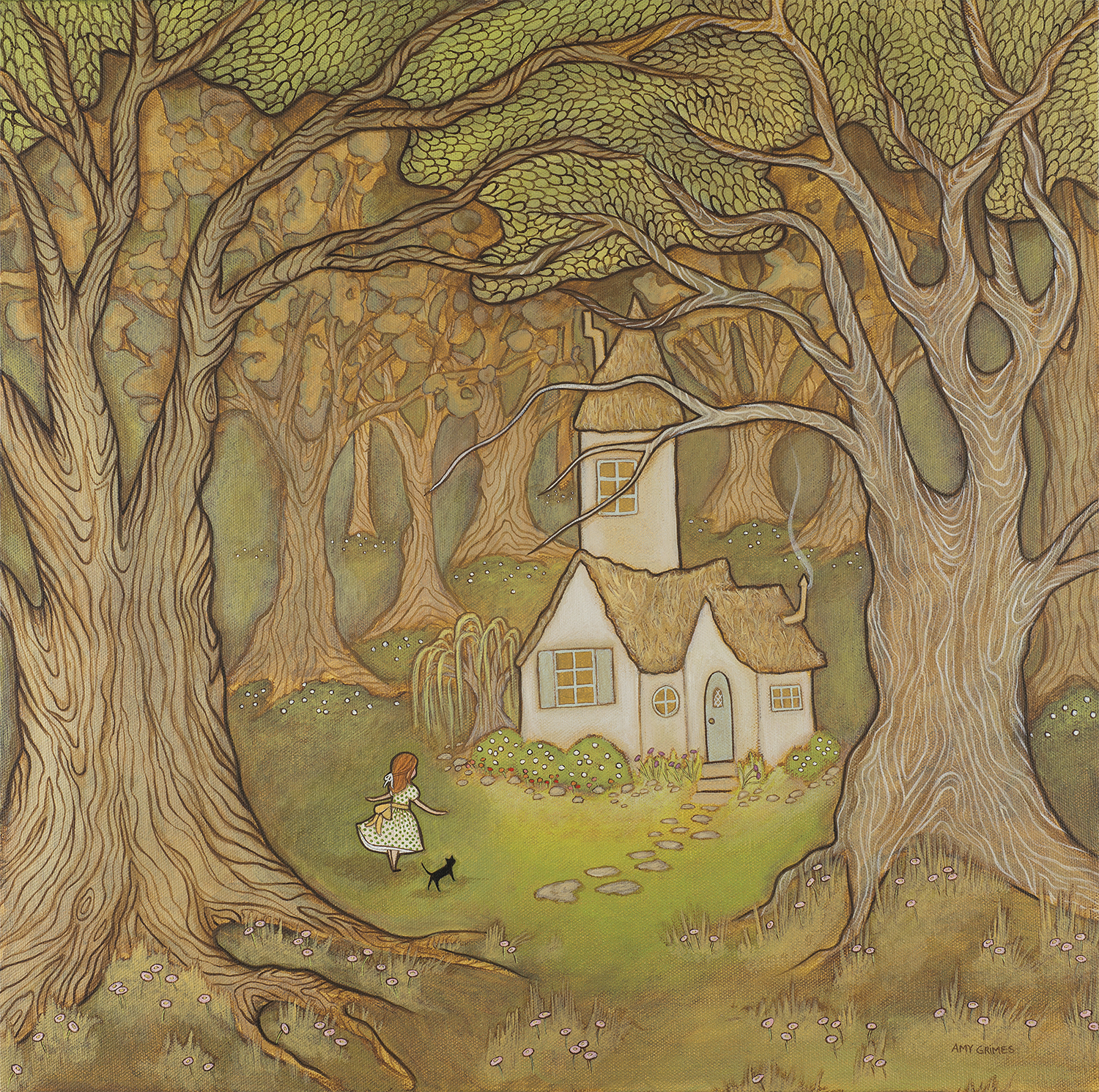
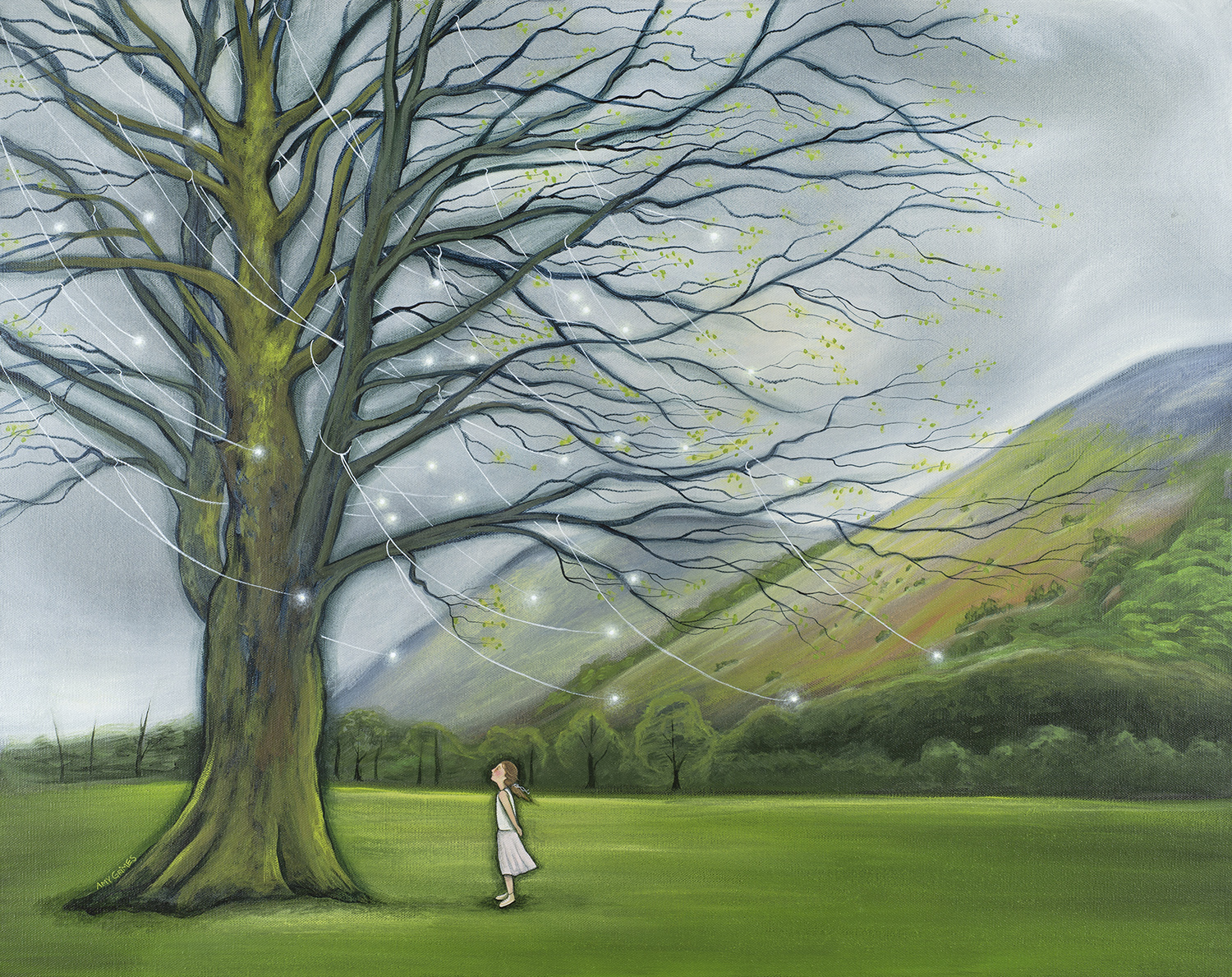
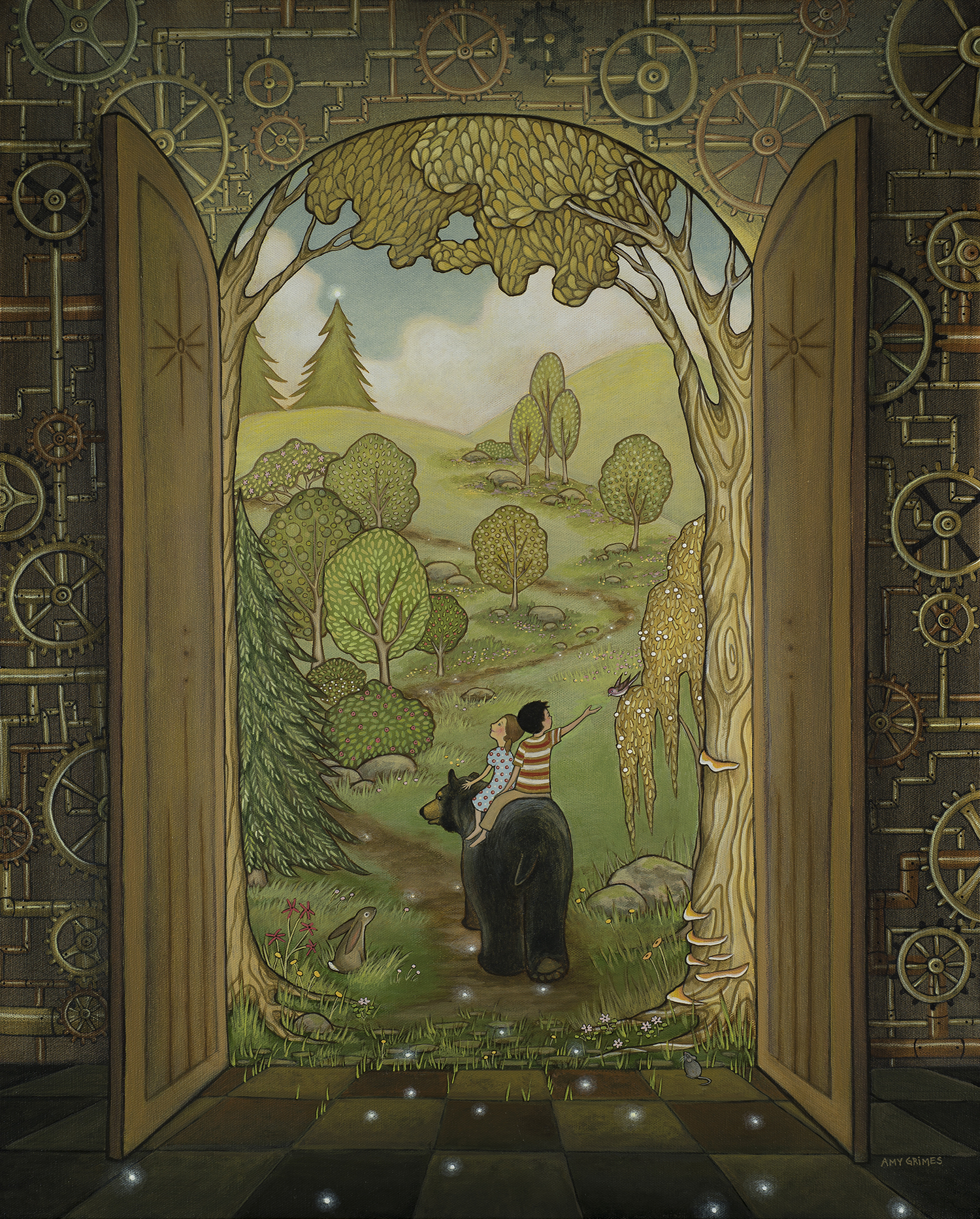
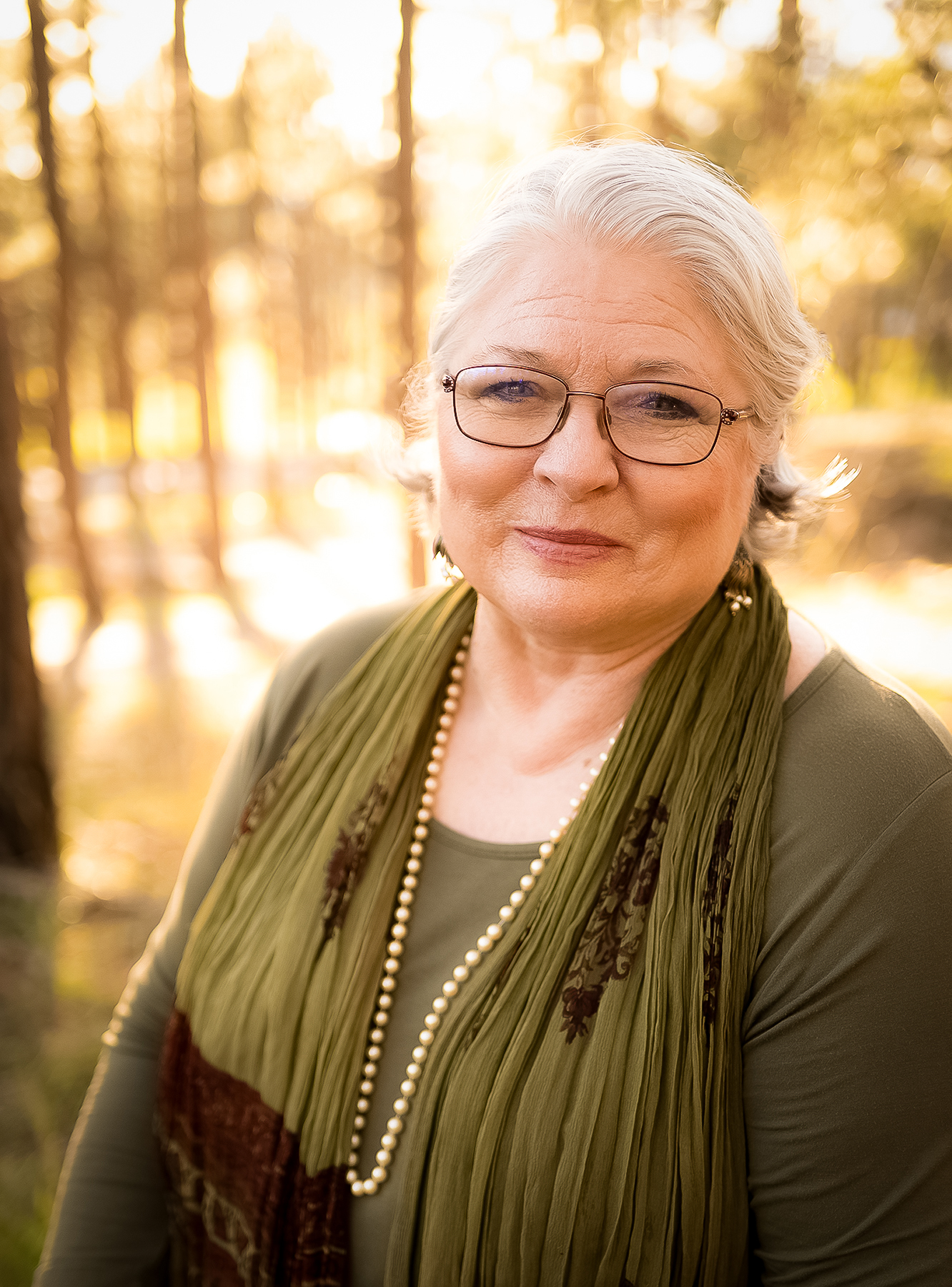
“I love each of the slices of life that I try daily to balance, but something is always falling down even on my best days. I’ve learned to accept it. I’m trusting God with my inadequacies, because He’s the only one who is always enough.” Thank you for that – it’s exactly what I needed to hear!
What a delicious feast of writing and artwork. I love the section on weathering storms / shadows. Your comments are authentic and helpful. Thank you!!!
Thank you, Carolyn! We appreciate your kind words and your generous attention. Blessings to you!
Amy Grimes is a dear friend, and a continual inspiration to me. I’m grateful for all the ways she shines Christ’s light into the world!